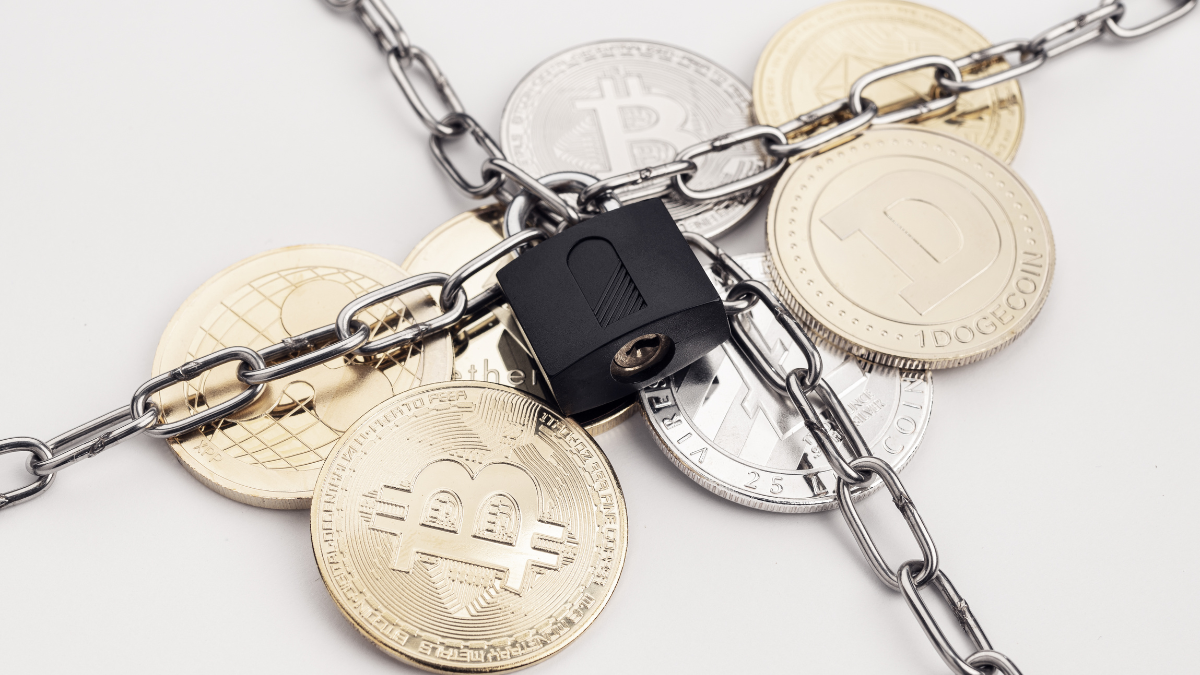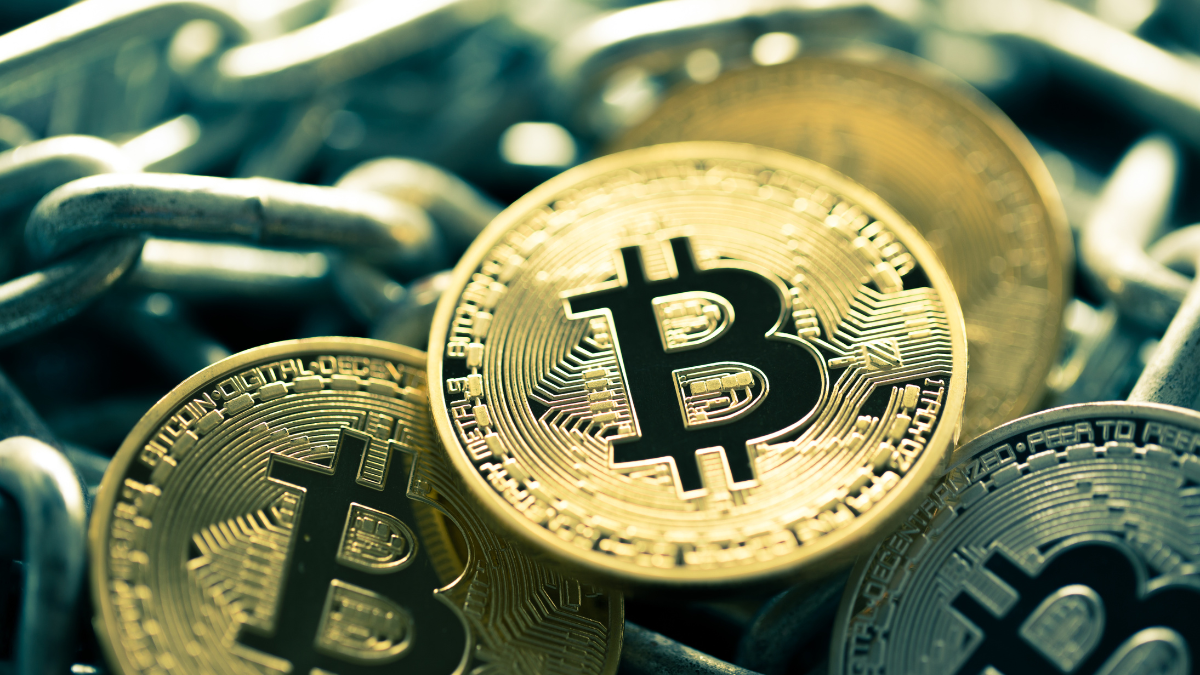Multi-Chain Token Development: Revolutionizing Interconnected Token Marketplace
 Linda Flowers
Linda Flowers
Welcome to the forefront of innovation with Multi-Chain Token Development, a groundbreaking approach that is reshaping the landscape of interconnected token marketplaces. In this era of dynamic digital ecosystems, the traditional limitations of a single blockchain are overcome, ushering in a new era of versatility and efficiency.
By seamlessly connecting multiple blockchains, Multi-Chain Token Development enhances scalability, interoperability, and overall performance. This revolutionary paradigm shift not only empowers developers with greater flexibility but also opens doors to diverse and interconnected token ecosystems.
As we embrace this transformative journey, the interconnected token marketplace is set to thrive with enhanced security, speed, and accessibility. Join us in exploring the boundless possibilities of Multi-Chain Token Development, where innovation knows no bounds, and the future of decentralized technologies unfolds.
What is Multi-Chain Token Development and how does it work?
Multi-chain token development refers to the creation and management of tokens that exist on multiple blockchain networks simultaneously. In the context of blockchain technology, a token is a digital asset representing a unit of value and can be used for various purposes such as transactions, access to a platform, or voting rights. Blockchain networks like Ethereum, Binance Smart Chain, Polkadot, and others support the creation and management of tokens.
Here's an overview of how multi-chain token development works:
Token Standardization: Before creating a multi-chain token, developers typically define a token standard. Token standards are sets of rules and conventions that define how tokens should behave on a specific blockchain. For example, ERC-20 is a popular token standard on the Ethereum blockchain.
Smart Contracts: Smart contracts are self-executing contracts with the terms of the agreement between buyer and seller written directly into lines of code. Developers use smart contracts to define the rules of the token, including how it can be transferred, who can transfer it, and any additional functionalities.
Cross-Chain Bridges: To enable tokens to exist on multiple blockchains, developers often use cross-chain bridges. These are mechanisms that allow assets to be transferred from one blockchain to another. These bridges are necessary for interoperability between different blockchain networks.
Token Deployment: Developers deploy the smart contracts of the token on each blockchain they want to support. This involves interacting with the blockchain's programming interface and submitting the smart contract code, which gets executed on the blockchain.
Interoperability: Once the token is deployed on multiple blockchains, users can interact with it on any of those blockchains. The cross-chain bridges facilitate the transfer of tokens between different blockchains, allowing users to move their tokens seamlessly.
Consensus Mechanisms: Each blockchain network has its own consensus mechanism (e.g., proof-of-work, proof-of-stake). Developers must consider these mechanisms when creating multi-chain tokens, as they influence factors such as security and transaction speed.
Wallet Integration: Users can store and manage multi-chain tokens using compatible wallets that support the respective blockchain networks. These wallets should also be able to interact with cross-chain bridges for seamless token transfers.
Maintenance and Upgrades: Developers need to stay informed about updates and changes on each blockchain they support. This includes keeping the smart contracts up to date and ensuring compatibility with any changes made to the underlying blockchain protocols.
Multi-chain token development involves creating tokens that can exist on different blockchain networks, often achieved through the use of standardized token contracts, cross-chain bridges, and interoperability solutions. This approach allows for increased flexibility, scalability, and accessibility for users across various blockchain ecosystems.
Embracing the era of multi-chain token development
Welcoming the era of Multi-Chain Token Development, we embrace a transformative wave in blockchain technology. This groundbreaking approach transcends traditional limitations by fostering seamless interoperability and scalability across diverse blockchains. Empowering innovation, it opens doors to a decentralized landscape where tokens fluidly traverse multiple chains, promising heightened efficiency and expanded possibilities. As we navigate this paradigm shift, the interconnected future of blockchain unfolds, marked by adaptability, resilience, and a dynamic marketplace. Embracing Multi-Chain Token Development heralds a new era of decentralized possibilities, shaping the way for a more versatile and interconnected digital ecosystem.
The significance of interconnected token marketplaces in the blockchain ecosystem
Interconnected token marketplaces play a significant role in the blockchain ecosystem, offering several benefits that contribute to the overall development and functionality of decentralized systems. Here are some key points highlighting their significance:
Increased Liquidity: Interconnected token marketplaces enhance liquidity by connecting different blockchain networks. Liquidity is crucial for the efficient buying and selling of tokens. When tokens can move seamlessly across various blockchains, it creates a more liquid market, reducing price slippage and improving overall trading experiences.
Cross-Chain Compatibility: In a diverse blockchain ecosystem where various networks operate independently, interconnected token marketplaces enable cross-chain compatibility. Users can interact with tokens across different blockchains, fostering interoperability and breaking down the barriers that might exist between isolated blockchain networks.
Diversification of Assets: Interconnected token marketplaces allow for the diversification of assets across different blockchains. Users and projects can take advantage of specific features offered by each blockchain, such as speed, cost-effectiveness, or unique functionalities. This flexibility promotes a more dynamic and robust ecosystem.
Decentralized Finance (DeFi) Expansion: The interconnected nature of token marketplaces is particularly beneficial for the growth of decentralized finance (DeFi). DeFi projects often rely on the interoperability of tokens to provide various financial services, such as lending, borrowing, and trading, across multiple blockchain platforms.
Redundancy and Security: Interconnected token marketplaces contribute to the redundancy and security of the blockchain ecosystem. If one blockchain faces issues or disruptions, users can seamlessly switch to another blockchain while still retaining access to their tokens. This redundancy enhances the overall resilience of the decentralized network.
Global Accessibility: Interconnected token marketplaces promote global accessibility, allowing users from different regions and with diverse blockchain preferences to participate in the same ecosystem. This inclusivity fosters a more widespread adoption of blockchain technology and decentralized applications.
Innovation and Competition: The interconnected nature of token marketplaces encourages innovation and healthy competition among blockchain networks. Different blockchains can strive to offer unique features and improvements, knowing that users can easily move their assets between them based on their preferences.
Easier Token Issuance and Migration: Projects can issue tokens on one blockchain and migrate them to another if needed, without significant disruptions. This flexibility is essential for projects seeking to adapt to changing market conditions, regulatory environments, or technical requirements.
User Empowerment: Interconnected token marketplaces empower users by providing them with choices and options. Users can select the blockchain that aligns with their preferences, whether it's based on transaction speed, cost, security features, or other criteria.
Interconnected token marketplaces contribute to a more dynamic, efficient, and user-friendly blockchain ecosystem. They address challenges related to liquidity, interoperability, and accessibility, fostering innovation and providing users with the flexibility to navigate a diverse and evolving landscape of blockchain networks.

Decentralized mechanisms and smart contract protocols for secure multi-chain token transactions
Decentralized mechanisms and smart contract protocols redefine security in multi-chain token transactions. By distributing transaction processes across various nodes, decentralization mitigates single points of failure, enhancing resilience and trust. Smart contract protocols automate and enforce transaction terms without intermediaries, ensuring transparency and efficiency. This innovative fusion ensures secure, tamper-resistant, and seamless token transactions across diverse blockchains. As a result, users experience heightened confidence in the reliability and integrity of their multi-chain transactions, laying the foundation for a secure and decentralized future in the evolving landscape of digital assets.
Conclusion
In conclusion, Multi-Chain Token Development stands as a catalyst for the evolution of interconnected token marketplaces. The profound impact of this revolutionary approach is evident in the heightened scalability, interoperability, and adaptability it offers. As we navigate towards a future defined by decentralized technologies, the significance of a seamlessly connected blockchain ecosystem cannot be overstated.
This paradigm shift not only empowers developers but also enriches the user experience with enhanced security and efficiency. Embrace the era of innovation, where Multi-Chain Token Development is driving a transformative wave, creating a decentralized landscape that is dynamic, resilient, and poised for sustained growth in the interconnected world of digital assets.
Subscribe to my newsletter
Read articles from Linda Flowers directly inside your inbox. Subscribe to the newsletter, and don't miss out.
Written by

Linda Flowers
Linda Flowers
I am a proficient front-end developer, offering expert insights and hands-on advice on front-end development through my informative blog. Explore the coding universe with my in-depth guides and keep pace with the latest industry advancements. Elevate your front-end skills with my valuable content and unlock your potential in web development.